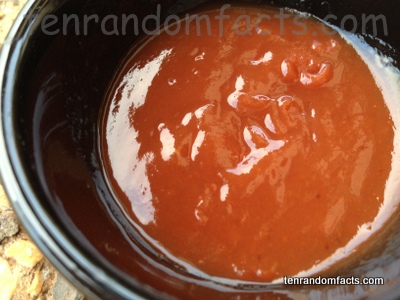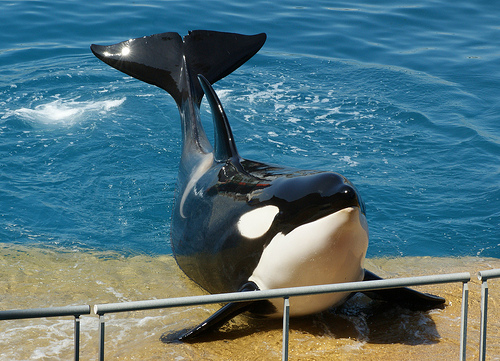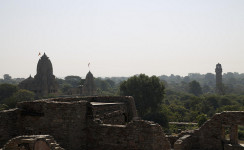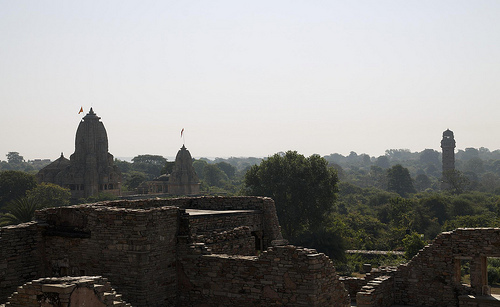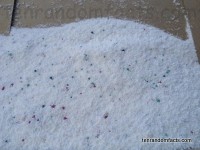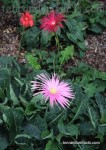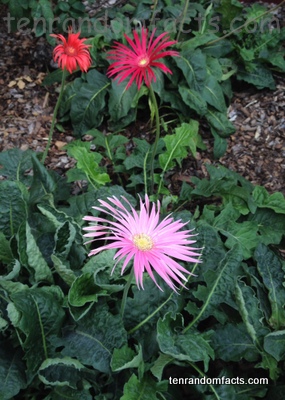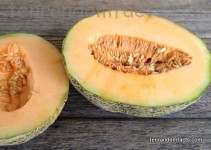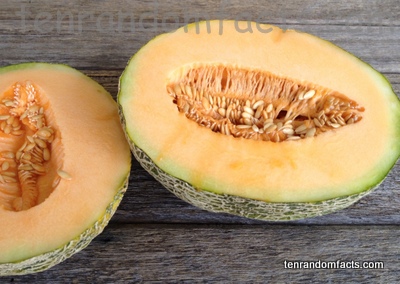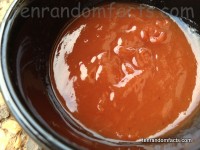
An Asian invention, an American condiment.
- Ketchup is a condiment that has tomato as the main ingredient, and is typically used as a flavouring on food.
- ‘Ketchup’ is also known as ‘tomato sauce’, ‘tomato ketchup’, ‘catsup’ and ‘red sauce’, and of all the households in the United States, 97% own a bottle of the sauce.
- Modern ketchup is primarily made of tomato, sugar, vinegar and seasonings or spices and it often contains onion, although traditional base ingredients were mushrooms, seafood or walnuts, rather than tomato.
- Ketchup is commonly eaten on hot food, such as burgers, sandwiches, hot dogs, pies, sausage rolls, chips, eggs and meat, and can be made into other condiments.
- Ketchup, was originally a fish sauce, that was from China and South East Asia, that became popular in England in the early 1700s, and eventually in America, due to its long shelf life.
- The earliest known use of tomatoes as the main ingredient for ketchup, was in the late 1700s in the United States of America, and during the 1800s, tomato based sauce became popular.
- Ketchup is commonly found in supermarkets, in bottles of varying sizes, but it is also commonly available in single-serve mini packets and sachets in fast food outlets.
- Commercial production of ketchup began in the early 1800s, and by the early to mid 1900s, commercial versions were preferred over those that were home-made, mostly because of the significant time involved to make the sauce at home, and the affordability of the store bought sauce.
- Heinz, a leading ketchup brand, sells 650 million bottles of their condiment throughout the world, every year.
- Ketchup has a very high content of sodium, a high content of vitamin C and vitamin A, and is a good source of copper.
Bibliography:
Gandhi L, Ketchup: The All-American Condiment that Comes from Asia, 2013, Codeswitch, http://www.npr.org/blogs/codeswitch/2013/12/02/248195661/ketchup-the-all-american-condiment-that-comes-from-asia
Ketchup, 2014, Wikipedia, http://en.wikipedia.org/wiki/Ketchup
Swaby R, Ketchup Used to Be Made of Fish: The Crazy History of The World’s Greatest Condiment, 2012, Gizmodo, http://gizmodo.com/5907313/ketchup-used-to-be-made-of-fish-the-crazy-history-of-the-worlds-greatest-condiment
Smith A F, Pure Ketchup: A History of America’s National Condiment, with Recipes, 1996, http://books.google.com.au/books?id=hAq_EvcAIW4C&printsec=frontcover&source=gbs_atb#v=onepage&q&f=false





